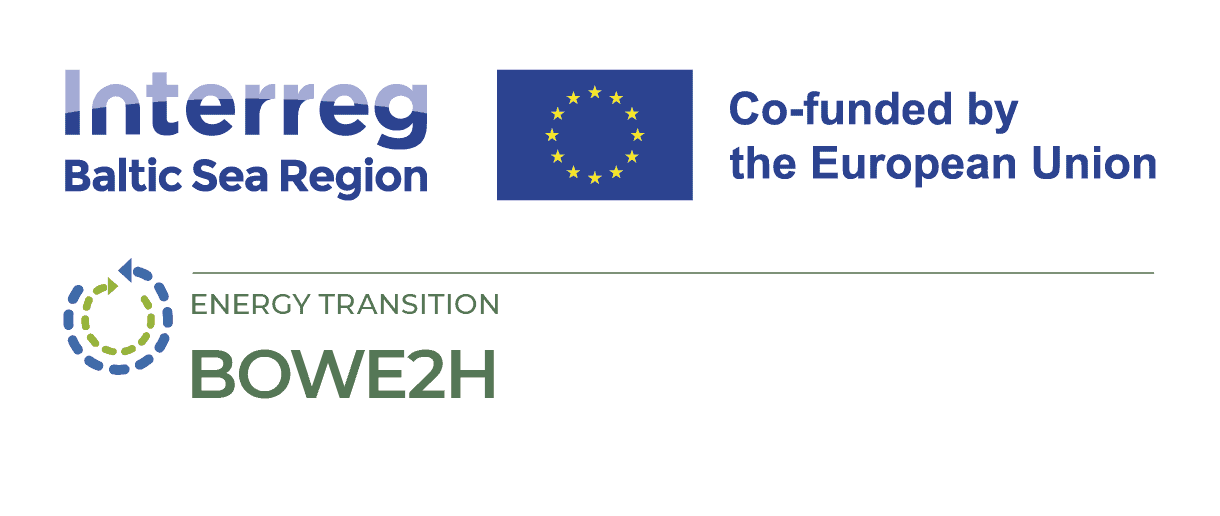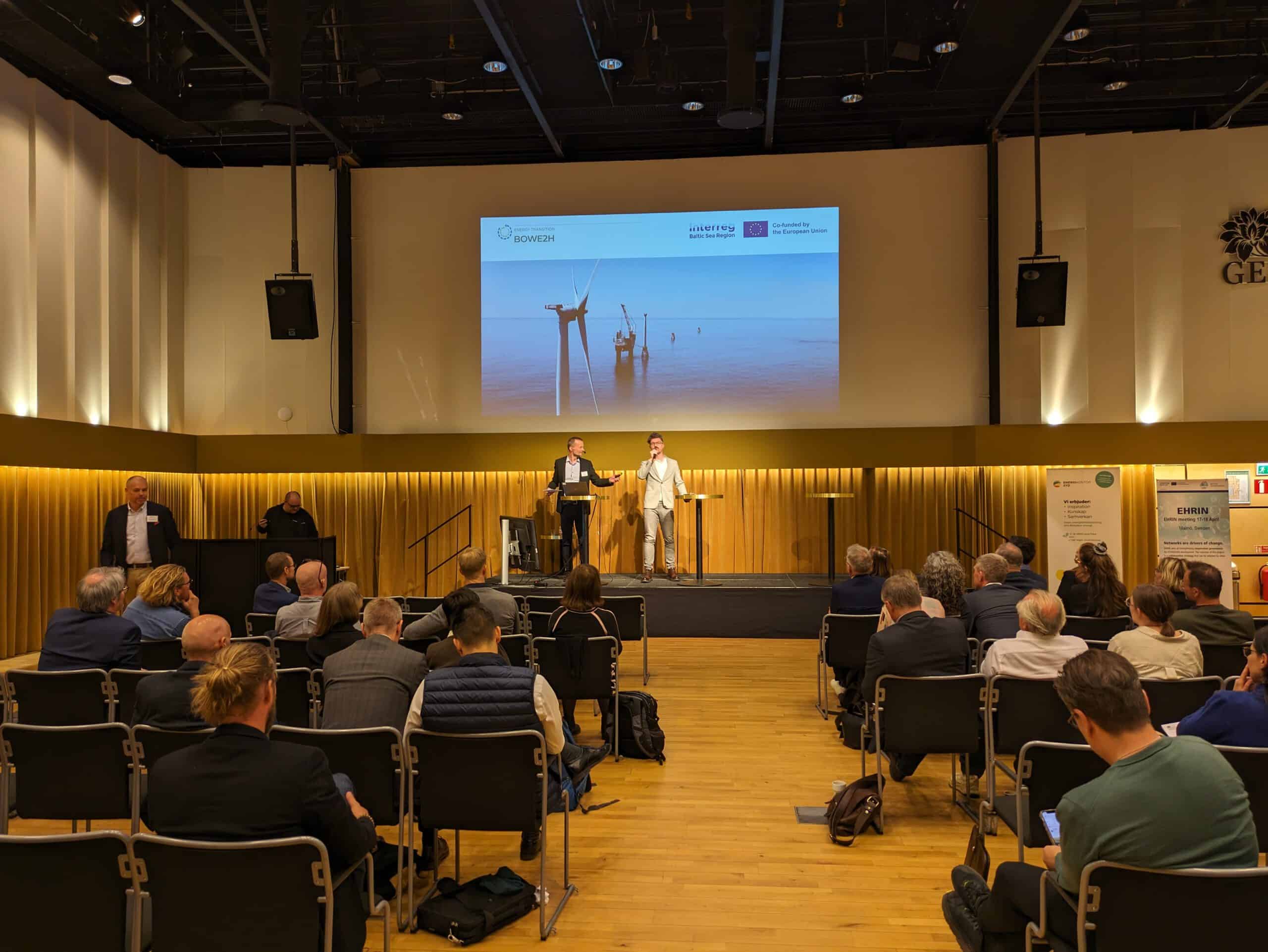
Harnessing the Power of Offshore Wind and Hydrogen: A Baltic Sea Energy Transition Story
19 February 2025
How can the Baltic Sea region lead the way in Europe’s green energy revolution? By harnessing its vast offshore wind potential and pairing it with green hydrogen technology. Discover how BOWE2H brought countries together to tackle energy challenges and pave the way for a cleaner, interconnected future.
Uniting a Region for Renewable Energy
The Baltic Sea region has immense potential to become a leader in renewable energy. Its winds can power millions of homes, and green hydrogen offers a clean way to store and transport energy. But turning this potential into reality isn’t simple. Countries in the region face different regulatory frameworks, technical challenges, and market dynamics. Without cross-border cooperation, efforts to develop offshore wind farms and green hydrogen infrastructure risk inefficiency, duplication, or even failure.
That’s where the BOWE2H project came in. Funded by the Interreg Baltic Sea Region programme, the project aimed to bring together governments, businesses, and researchers to overcome these barriers and create a shared vision for a greener future.
Building Networks and Strategic Plans
BOWE2H tackled the challenge with a two-pronged approach: fostering collaboration through events and creating a roadmap to guide future actions.
The project hosted five in-person events across the Baltic Sea region, from Malmö to Vilnius, each bringing together experts from local and national governments, energy companies, and research institutions. These events weren’t just about exchanging ideas—they were designed to break down barriers and forge new connections across borders.
At the heart of BOWE2H’s work was the creation of a Strategic Roadmap. This comprehensive guide outlines how offshore wind and green hydrogen can be integrated effectively in the region, highlighting opportunities for cooperation, infrastructure planning, and policy harmonisation. To make the roadmap widely accessible, the team also created a concise, visually engaging infographic that summarises its key findings.
From Vision to Action
The results speak for themselves. The events connected over 400 stakeholders, creating a vibrant network of decision-makers, researchers, and industry leaders who are now better equipped to drive the energy transition. For example, discussions at the Malmö event inspired local authorities in Sweden to explore hydrogen applications for decarbonising transport, while Polish companies identified new opportunities for cross-border wind farm collaborations.
The roadmap has been distributed widely, with copies shared at the final Berlin conference and through digital channels. National agencies like the Lithuanian Energy Agency and enterprises like Energinet have already started using its insights to refine their strategies for renewable energy development.
Why Transnational Cooperation Matters
None of this would have been possible without cross-border collaboration. BOWE2H showed that the energy challenges of the Baltic Sea region don’t stop at national borders, and neither should the solutions. By bringing together partners from Germany, Lithuania, Poland, Latvia, Sweden, and beyond, the project ensured that its outputs addressed the shared needs of the entire region.
The project also highlighted the power of diversity. Each partner brought unique expertise to the table—whether it was IKEM’s knowledge of climate policy, Poland’s wind energy experience, or Lithuania’s hydrogen ambitions—creating a richer, more effective set of solutions.
A Blueprint for the Future
BOWE2H may have officially ended, but its impact is just beginning. The Strategic Roadmap provides a blueprint for action, and the network of stakeholders built during the project will continue to collaborate and innovate. With countries and companies already taking steps inspired by the project, the Baltic Sea region is well on its way to becoming a leader in offshore wind and hydrogen.






